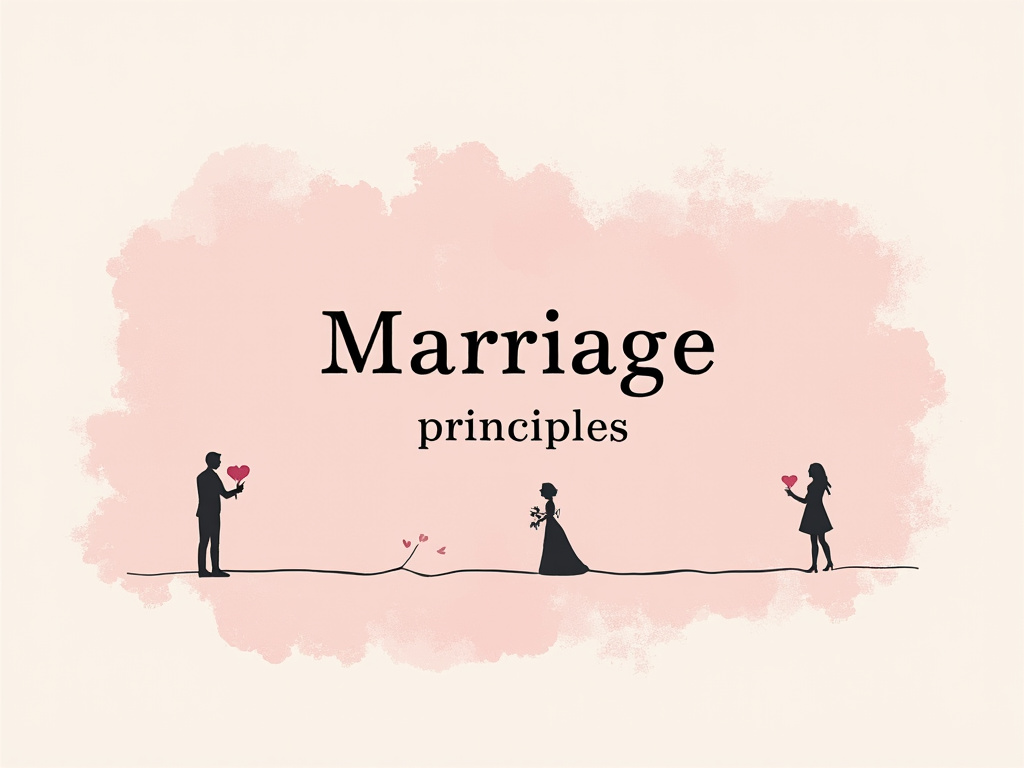
Seven Principles for Making Marriage Work: Couples Guide to Stronger Relationships
Reading time: 12 minutes
Ever wonder why some couples seem to weather every storm while others struggle with seemingly minor conflicts? The secret isn’t luck—it’s understanding the proven principles that make relationships thrive. Let’s dive into Dr. John Gottman’s revolutionary research that’s transformed how we approach marriage and long-term partnerships.
Table of Contents
- Understanding Gottman’s Research Foundation
- The Seven Core Principles
- Practical Implementation Strategies
- Overcoming Common Relationship Challenges
- Measuring Relationship Success
- Building Your Relationship Roadmap
- Frequently Asked Questions
Understanding Gottman’s Research Foundation
Dr. John Gottman’s groundbreaking research spans over four decades, studying more than 3,000 couples in his renowned “Love Lab.” His ability to predict divorce with 94% accuracy isn’t magic—it’s science. By observing couples’ interactions for just 15 minutes, Gottman identified specific patterns that either strengthen or destroy relationships.
Here’s the fascinating part: successful marriages aren’t about avoiding conflict entirely. Instead, they’re built on specific, learnable behaviors that create emotional connection and resilience. Think of it like building a house—you need the right foundation and materials, plus ongoing maintenance.
The Seven Core Principles
Principle 1: Enhance Your Love Maps
Your “love map” is your internal roadmap of your partner’s inner world. Couples with detailed love maps know their partner’s dreams, fears, and daily experiences. They ask questions like “What’s stressing you most at work?” rather than just “How was your day?”
Quick Implementation: Spend 10 minutes daily sharing something new about your thoughts, feelings, or experiences. Create a ritual around this—perhaps during morning coffee or evening walks.
Principle 2: Nurture Fondness and Admiration
This principle acts as an antidote to contempt, one of relationship’s most toxic elements. Couples who regularly express appreciation and focus on their partner’s positive qualities maintain stronger emotional bonds.
Real-World Example: Sarah and Mike transformed their relationship by implementing a “gratitude practice.” Each evening, they shared three specific things they appreciated about each other that day. Within months, their overall satisfaction increased dramatically.
Principle 3: Turn Toward Each Other
Gottman discovered that couples make “bids for connection” throughout the day—small attempts to connect emotionally. Successful couples respond positively to these bids 87% of the time, while couples heading for divorce respond only 33% of the time.
Bid Response Comparison
Principle 4: Let Your Partner Influence You
This principle is particularly crucial for male partners, as research shows men who accept influence from their wives have significantly lower divorce rates. It’s about creating a partnership rather than a power struggle.
Principle 5: Solve Your Solvable Problems
Gottman distinguishes between solvable problems (situational conflicts) and perpetual problems (fundamental differences). For solvable problems, he recommends a structured approach: soften your startup, accept repair attempts, regulate your emotions, compromise, and process any hurt feelings.
Principle 6: Overcome Gridlock
Perpetual problems require different strategies. These conflicts often stem from unfulfilled dreams or core values. The goal isn’t resolution but dialogue and understanding.
Principle 7: Create Shared Meaning
The strongest couples build a shared life philosophy encompassing rituals, roles, goals, and symbols. They create their unique “couple culture” with inside jokes, traditions, and shared values.
Practical Implementation Strategies
The Weekly Marriage Meeting
Implement a structured weekly check-in covering five areas: appreciations, chores, upcoming events, any issues to address, and affection/romance. This prevents small issues from becoming major conflicts.
The 5:1 Ratio Rule
Research reveals that stable couples maintain a ratio of five positive interactions for every negative one during conflict discussions. Monitor your communication patterns and consciously increase positive exchanges.
| Relationship Factor | Happy Couples | Distressed Couples |
|---|---|---|
| Positive to Negative Ratio | 5:1 | 0.8:1 |
| Daily Connection Time | 20+ minutes | < 5 minutes |
| Bid Response Rate | 87% | 33% |
| Shared Dreams Discussion | Regular | Rare/Never |
| Repair Attempt Success | High | Low |
Overcoming Common Relationship Challenges
Challenge 1: Communication During Conflict
Many couples fall into the “Four Horsemen” trap: criticism, contempt, defensiveness, and stonewalling. Case Study: Jessica and David were stuck in a cycle where Jessica felt unheard and David felt attacked. By implementing Gottman’s “soft startup” technique—beginning conversations with “I feel” rather than “You always”—they reduced their conflict escalation by 60%.
Solution: Use the formula: “I feel [emotion] about [situation] and I need [specific request].” This approach focuses on your experience rather than attacking your partner’s character.
Challenge 2: Maintaining Intimacy in Busy Lives
Modern couples struggle to prioritize their relationship amid career demands and family responsibilities. Research shows that couples who protect their relationship time maintain higher satisfaction levels.
Practical Strategy: Implement “relationship protection” by scheduling non-negotiable couple time. Treat it like an important business meeting—because it is.
Measuring Relationship Success
Success isn’t just about staying together—it’s about thriving together. Gottman’s research identifies key indicators:
- Emotional attunement: Partners accurately read each other’s emotional states
- Conflict resolution skills: Ability to repair after disagreements
- Shared meaning systems: Common goals and values
- Physical and emotional intimacy: Maintained connection on multiple levels
According to Dr. Julie Gottman, “The couples who thrive don’t avoid problems—they develop the skills to work through them constructively.” This mindset shift from problem-avoidance to skill-building transforms relationship dynamics.
Building Your Relationship Roadmap
Ready to implement these principles? Here’s your strategic action plan:
Week 1-2: Foundation Building
- Complete love map exercises with your partner
- Establish daily appreciation practices
- Begin tracking bid responses
Week 3-4: Communication Enhancement
- Practice soft startup techniques
- Implement weekly marriage meetings
- Develop repair attempt strategies
Week 5-8: Deepening Connection
- Explore perpetual problem dialogues
- Create shared meaning rituals
- Build your unique couple culture
Remember, relationship transformation doesn’t happen overnight. These principles require consistent practice and mutual commitment. The couples who succeed view their relationship as their most important project—one that deserves their best effort and ongoing attention.
As we navigate an increasingly complex world, the fundamentals of human connection remain constant. What legacy do you want to create in your relationship, and what small step will you take today to build toward that vision?
Frequently Asked Questions
How long does it take to see improvements using Gottman’s principles?
Most couples report noticeable improvements within 4-6 weeks of consistent practice. However, deeper changes in communication patterns and emotional connection typically develop over 3-6 months. The key is consistency rather than perfection—small daily efforts compound into significant relationship transformation.
Can these principles work if only one partner is committed to implementing them?
While both partners’ engagement accelerates progress, one committed partner can initiate positive changes. When you consistently respond to bids for connection, express appreciation, and use soft startup techniques, you often inspire reciprocal behavior. However, long-term success requires eventual buy-in from both partners.
What should couples do if they discover they have many perpetual problems?
Having perpetual problems is normal—69% of relationship conflicts are perpetual according to Gottman’s research. The goal isn’t elimination but learning to discuss these differences with humor, affection, and acceptance. Focus on understanding the dreams behind each position rather than winning arguments. Professional couples therapy can provide additional support for navigating complex perpetual issues.

Article reviewed by Isabella Mendoza, Self-Love Mentor | Empowering Women Through Confidence & Boundaries, on May 29, 2025
